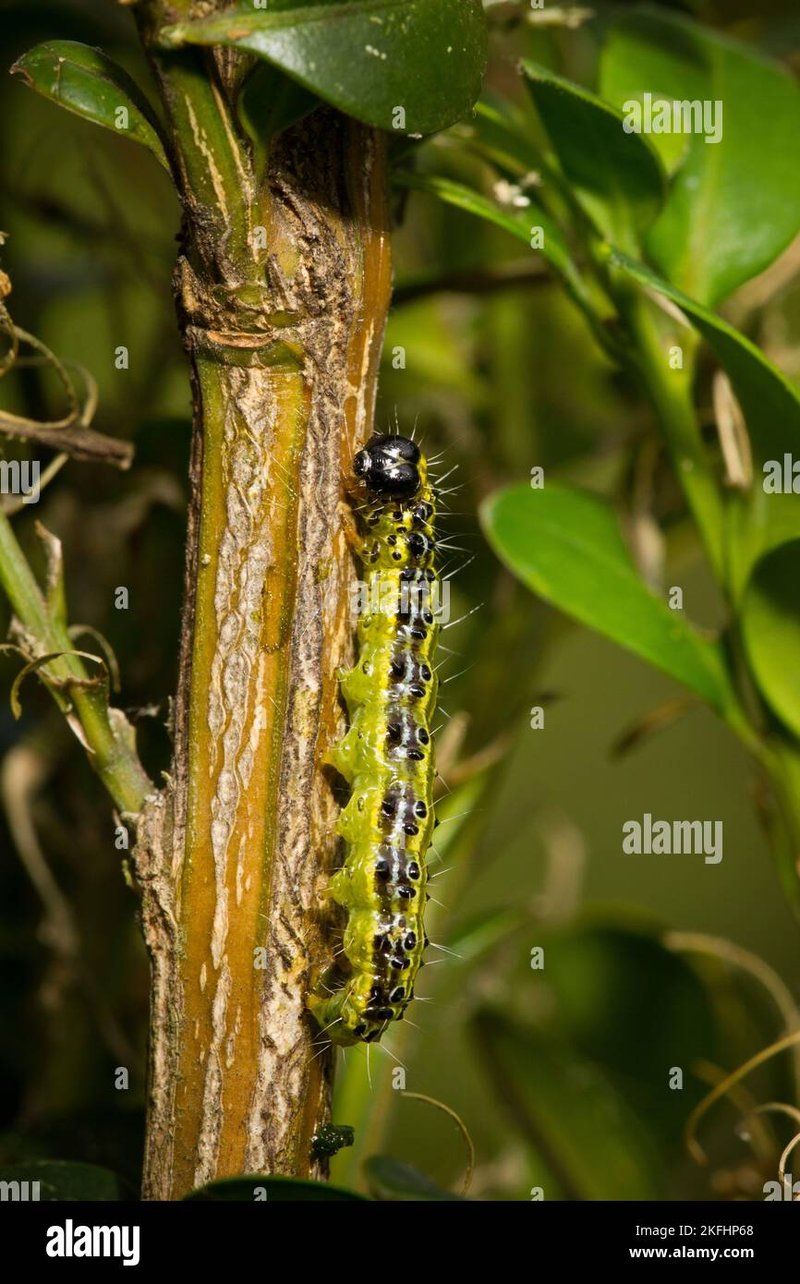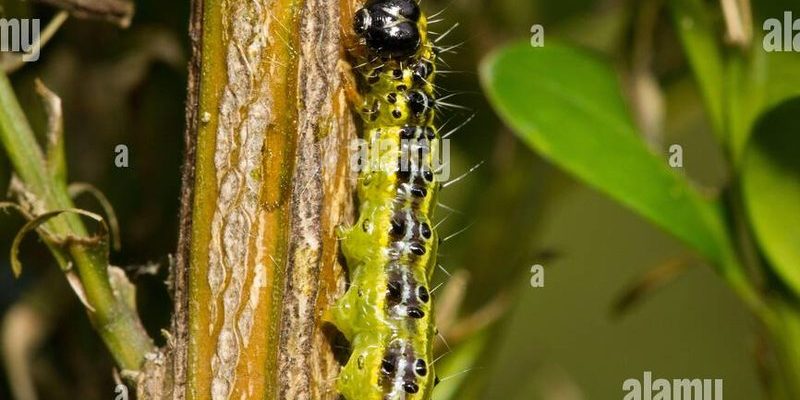
In nature, everything is connected. Just like how a good meal relies on fresh ingredients, a healthy forest thrives on the breakdown of old plant matter. This is where inchworms step in, acting like nature’s recycling crew. They consume leaves and other organic material, transforming it into rich soil that nurtures new plant growth. It’s a bit like how our waste goes through a treatment process to create compost. Let’s take a closer look at the various ways inchworms contribute to woodland decomposition and why this matters.
What Exactly Are Inchworms?
Inchworms, also known as *measuring worms*, typically belong to the geometer moth family. You might have seen them moving in a unique, loop-like fashion—hence the name “inchworm.” They’re not technically worms but caterpillars that will eventually transform into moths. These little guys can vary in color, often blending in with their surroundings, which helps them avoid predators while they munch on leaves.
One fascinating aspect of inchworms is their lifecycle. They start as eggs laid on or near leaves, then hatch into caterpillars. As they grow, they go through several stages, known as instars, before eventually pupating and becoming moths. This brief life cycle means they’re busy munching and helping with decomposition for a short period, but trust me, they make every moment count.
You might be wondering, “How do these little caterpillars actually help the environment?” Let’s dive into that.
The Decomposition Process Explained
Decomposition is like nature’s version of spring cleaning. It involves breaking down dead organic matter—like fallen leaves, dead plants, and even animal remains—into simpler compounds. This process not only cleans up the forest floor but also enriches the soil. When inchworms eat leaves and other organic debris, they contribute significantly to this process.
As inchworms munch away, they break down tough plant materials into smaller pieces, allowing microbes and fungi to access and decompose them more effectively. It’s almost like inchworms are assisting the tiny organisms in a massive, collaborative team effort. This breakdown is crucial because it returns nutrients to the soil, making it fertile for new plant growth.
Moreover, the feces produced by inchworms—yes, they contribute in more ways than one—is also rich in nutrients. This *worm cast* helps accelerate the decomposition process further, demonstrating how these little caterpillars play a pivotal role in recycling nutrients back into the ecosystem.
Why Inchworms Matter to Woodland Ecosystems
You might think that inchworms are just a tiny part of a big forest, but their role is essential for maintaining the balance within woodland ecosystems. Without decomposition, dead plants and animals would pile up, making the environment unsustainable for the growth of new life.
Here’s a visual: imagine a woodland as a big, intricate puzzle. Each piece plays a part, and while inchworms are just one of many, they fit perfectly into the larger picture of nutrient cycling. By breaking down materials that would otherwise decay slowly, inchworms help keep the ecosystem healthy and thriving.
Additionally, these creatures serve as a food source for many other woodland animals. Birds, spiders, and even small mammals rely on inchworms for sustenance. So, their presence not only aids in decomposition but also supports the food web, proving that every player—no matter how small—has a role in the circle of life.
The Impact of Environmental Changes
With how our world is changing, you might be curious about how inchworms are adapting, or if they’re even thriving in our modified woodland landscapes. Factors like climate change, habitat destruction, and pollution take a toll on all species, and inchworms are no different. Altered plant communities and reduced biodiversity can directly affect their food sources and habitats.
Warmer temperatures can lead to shifts in the lifecycle of inchworms, potentially causing mismatches with the timing of plant growth. This is significant because if inchworms emerge too early or too late, they might miss out on the delicious leaves they depend on. Additionally, habitat loss can limit their populations, disrupting the decomposition process and the broader ecosystem.
That said, some inchworm species show resilience and adaptability. For example, certain types can thrive in a variety of environments and switch their diets based on available plants. It’s a testament to nature’s ability to adapt, but it reminds us of the importance of protecting our woodland ecosystems to ensure these critters—and the functions they serve—continue to flourish.
How You Can Help Inchworms
If you’re intrigued by the role inchworms play in decomposition, you might be wondering how you can help support them in your local woodland areas. Here are some simple, effective actions you can take:
- Plant Native Species: By planting native trees and plants, you provide food and habitat for inchworms and other local wildlife.
- Avoid Pesticides: Chemicals can harm not just inchworms but a whole range of beneficial insects. Opt for natural pest control methods instead.
- Support Conservation Efforts: Get involved with local environmental organizations that focus on preserving woodland habitats.
Every little effort adds up to make a difference. When you nurture the environment around you, you’re not just supporting inchworms—you’re fostering a whole ecosystem that thrives on connectedness and balance.
Inchworms may seem like small players in the grand scheme of things, but their role in woodland decomposition is undeniably significant. They help recycle nutrients, support soil health, and serve as a vital food source for many woodland creatures. By understanding their part in our ecosystems, we can appreciate the beauty and complexity of the natural world.
So next time you’re enjoying a peaceful stroll in the woods, take a moment to observe these little green inchworms at work. They’re not just inching along; they’re helping to keep our forests alive and thriving, one leaf at a time. And remember, every effort counts—let’s give a little love back to those inchworms and the beautiful ecosystems they support.

